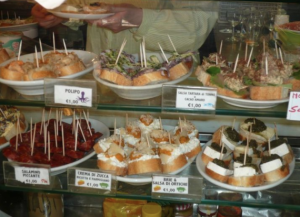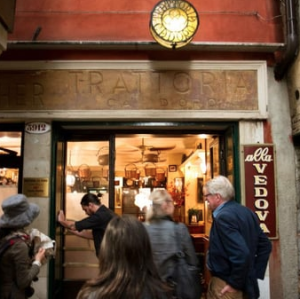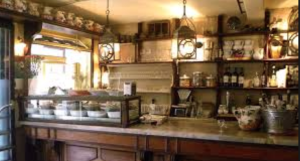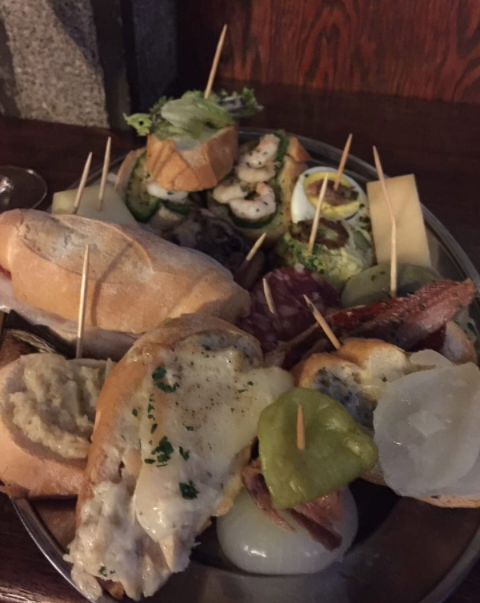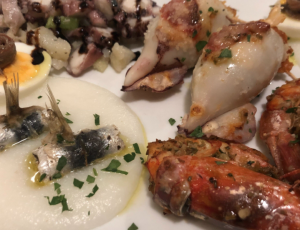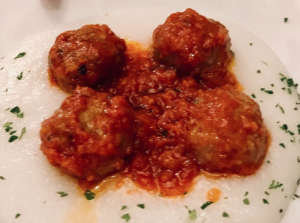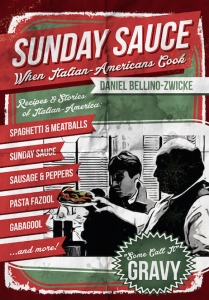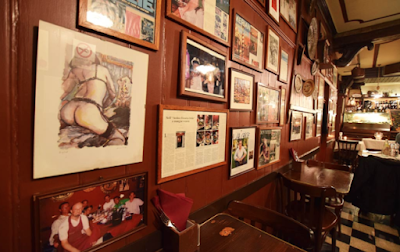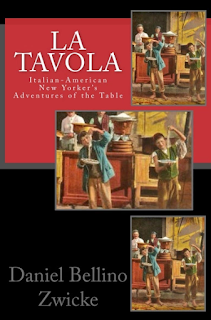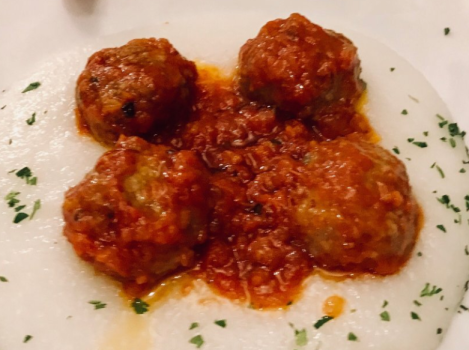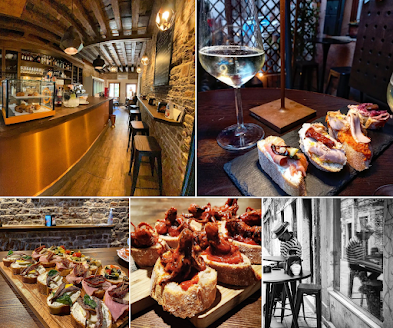Daniel Bellino Zwicke
Daniel Bellino-Zwicke, often known as Daniel Bellino, is a New York-based cookbook author, particularly known for his Italian cookbooks. He is also recognized as a prominent figure in New York's Italian wine scene.
Bellino has authored several best-selling cookbooks, including La Tavola, The Feast of the Seven Fishes, Got Any Kahlua?, Sunday Sauce, and Segreto Italiano/Secret Italian Recipes & Favorite Dishes. He is currently working on books about Chianti and other Italian and American cookbooks.
Bellino has a strong connection to Italy, particularly the Amalfi Coast, and often spends time there, staying in locations like Capri, Minori (on a lemon farm), and Salerno. He enjoys exploring the region, visiting local businesses, and sharing his experiences through his writing and social media. In Salerno, he particularly mentions staying at the Hotel Plaza and enjoying the local cuisine and wine. He also mentions family in Salerno, like his cousin Memo who has a Mozzarella factory in Salerno. These places have all been written about by Daniel, in his book Positano The Amalfi Coast - Travel Guide - Cookbook, Available on Amazon.
Bellino's work often reflects his passion for Italian culture, food, and travel, with many of his books and blog posts focusing on his experiences in Italy. He frequently shares photos and stories from his travels, particularly from the Amalfi Coast, showcasing his love for the region's food, scenery, and people.
POSITANO The AMALFI COAST
TRAVEL GUIDE - COOKBOOK
DANIEL BELINO ZWICKE in CHIANTI
PANZANO, ITALY
BELLINO on CHIANTI
Daniel Bellino Zwicke's book on
Chianti is currently a work in progress and has not yet been published. It does not have a confirmed title yet, but it is one of his "great passions" and he mentions it as a future project in his blog updates. While the book is not yet available, his travel articles and blog posts offer insight into the potential content:
- Wineries and Vineyards: His writings mention visits to specific wineries such as Villa Calcinaia and Fontodi, where he has experienced various vintages of Chianti, Chianti Classico, and Vin Santo.
- Regional Cuisine: He describes memorable Tuscan meals featuring local dishes that will likely be included in the book, such as antipasto misti of homemade salami and Tuscan pecorino, Pici Pomodoro (pasta with tomato sauce), roast chicken, and Vin Santo with biscotti.
- Towns and Culture: The book is expected to cover his experiences in Tuscan towns like Greve in Chianti and Panzano, and the people he meets there, such as the winemakers.
- Personal Anecdotes: Like his other books, the Chianti guide will likely weave in personal stories and experiences from his decades of traveling to the region, focusing on the wine culture and lifestyle.
Both From GREVE
.
















